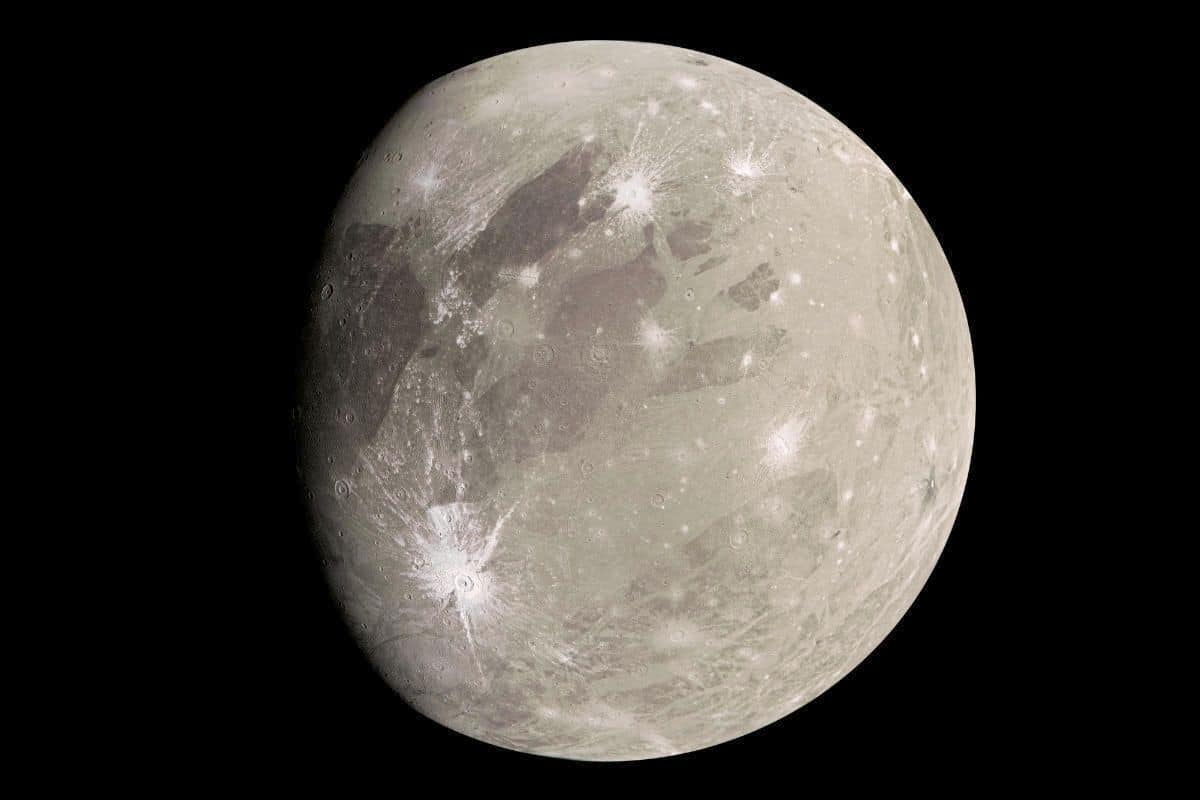
NASA releases a bizarre audio clip captured during Juno’s brief flyby past the largest moon in our solar system.
Last June, spacecraft Juno skimmed past the Jovian moon Ganymede just 1038 kilometers away. During the flight, a wealth of information was collected in a short period of time. Not only were beautiful pictures taken and Juno took various measurements, he also listened to his ear. And this is what he heard.
audio clip
You can listen to the bizarre audio clip that NASA recently released below. The 50-second clip was generated from data collected during the brief flyby of the Jovian moon. Juno’s Waves instrument, which picks up signals produced in Jupiter’s magnetosphere, collected the data. The frequency was then shifted to the audio range, enabling a sound recording to be made.
Listen here to the audio clip collected by Juno during his flyby past Ganymede.
The high and screeching tones may not be very pleasant to your ears. But according to the researchers, the fragment may teach us a lot about Ganymede.
Transition
“This audio clip makes you feel like you’re aboard Juno,” said study researcher Scott Bolton. “If you listen closely, you can hear the abrupt transition to higher frequencies about halfway through the recording. Here Juno enters another region of Ganymede’s magnetosphere.”
Analysis
The researchers are currently busy analyzing the sound recording further. “The change in frequency may have occurred shortly after the closest approach, because Juno flew from the nightside to the dayside of Ganymede,” suggested researcher William Kurth.
On June 7, spacecraft Juno, as mentioned, skimmed past Ganymede just 1038 kilometers away. And with that, Juno made history. In the past two decades, no other vessel has come closer to the Jovian moon. Juno passed the ice-covered moon at a hurried 12 miles per second (that’s a whopping 67,000 miles per hour)! During this lightning-fast flyby, Juno still saw an opportunity to collect important information about the moon. He used various instruments to study, for example, the composition and temperature of the ice crust. He also made a beautiful video, which you can admire here.
Customization
The short flyby may still provide quite a few new insights. At the same time, the flight was also the prelude to more. Both the American and European space agency are working on a mission to Jupiter. For example, NASA has the Europa Clipper in the pipeline: a probe that will investigate the habitability of Jupiter’s moon Europa. And ESA is working on JUICE: a probe that will study Jupiter as well as three of its largest moons – Ganymede, Callisto and Europa. It means we’re likely to learn a lot more about Jupiter and its moons in the near future.
Until then, it’s still the Juno space probe’s turn. And who knows what else researchers will discover in the collected data…
Source material:
“NASA’s Juno Spacecraft ‘Hears’ Jupiter’s Moon” – NASA
Image at the top of this article: NASA/JPL-Caltech/SwRI/MSSS/Kevin M. Gill